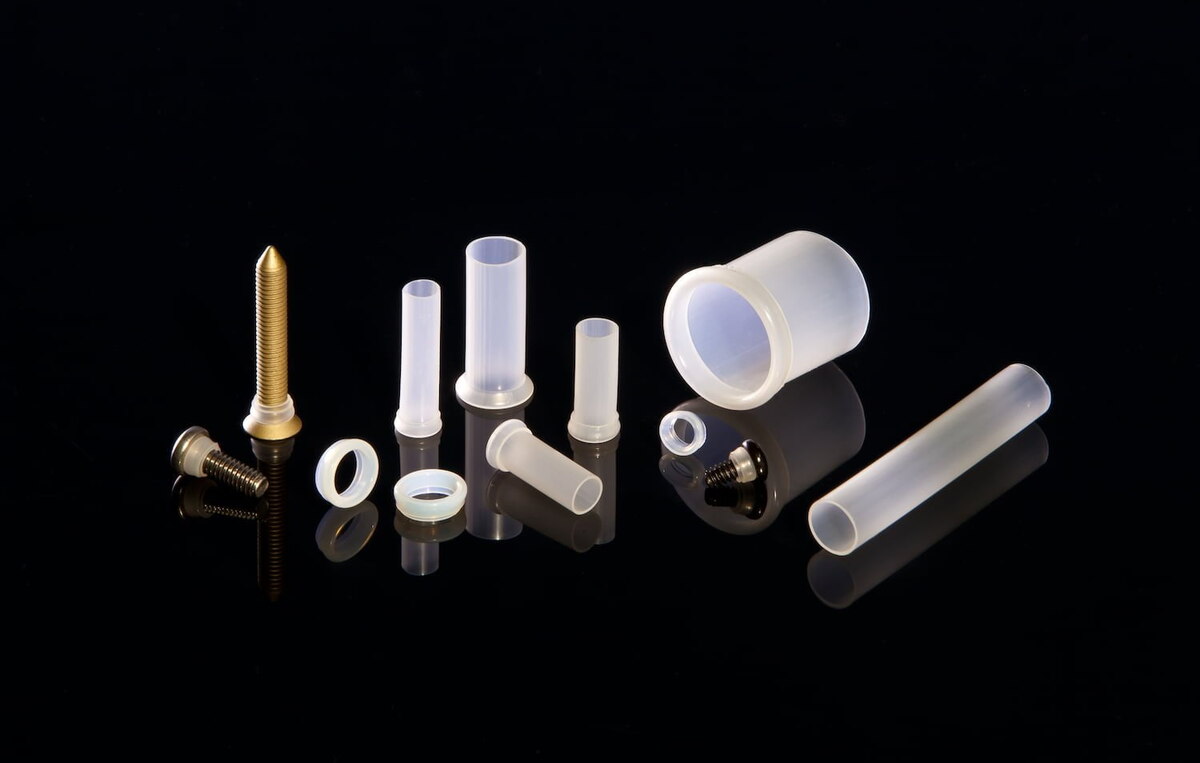Nylon fasteners are essential components in many industries, providing lightweight, durable, and corrosion-resistant solutions for various applications. Whether you’re working in electronics, automotive, construction, or any other field, selecting the right nylon fastener can significantly impact the success of your project. This essay provides a comprehensive guide on how to select the most appropriate nylon fasteners for your specific needs, focusing on factors such as material properties, application requirements, types of fasteners – baut & mur, and environmental considerations.
Understanding Nylon Fasteners
Nylon fasteners are made from polyamide, a versatile synthetic polymer known for its strength, flexibility, and resistance to chemicals and wear. Nylon’s unique properties make it an ideal material for fasteners used in environments where metal fasteners might corrode, add unnecessary weight, or cause electrical conductivity issues. Nylon fasteners come in various forms, including screws, nuts, bolts, washers, spacers, and clips, each serving different functions in assembling or securing components.
Key Factors to Consider When Selecting Nylon Fasteners
1. Application Requirements
The first and foremost consideration when selecting nylon fasteners is understanding the specific requirements of your application. Consider the following factors:
Load Capacity: Nylon fasteners are generally strong, but they are not as strong as metal fasteners. If your application involves heavy loads or high stress, ensure that the nylon fastener’s tensile strength is sufficient to handle the load.
Temperature Range: Nylon has a specific temperature range within which it performs optimally. If your application involves extreme temperatures, either high or low, check the fastener’s temperature resistance. Nylon 6/6, for example, can typically withstand temperatures up to 185°F (85°C).
Chemical Exposure: Consider the type and concentration of chemicals the fastener might encounter. Nylon is resistant to many chemicals, but it can be degraded by certain acids, solvents, and UV exposure. For harsh chemical environments, verify the compatibility of nylon with those chemicals.
2. Type of Nylon
Nylon fasteners can be made from different grades of nylon, each with distinct characteristics. The most common types include:
Nylon 6/6: This is the most commonly used grade for fasteners due to its excellent balance of strength, flexibility, and chemical resistance.
Nylon 6: While slightly softer and more flexible than Nylon 6/6, Nylon 6 offers better impact resistance and is often used in applications where shock absorption is required.
Reinforced Nylon: For applications requiring enhanced strength, nylon can be reinforced with glass fibers or other materials. Reinforced nylon fasteners are much stronger than unreinforced ones but are also more brittle.
3. Environmental Conditions
Environmental factors significantly influence the performance and longevity of nylon fasteners. The key conditions to evaluate include:
Moisture: Nylon is hygroscopic, meaning it absorbs moisture from its surroundings. While this can enhance its toughness, excessive moisture absorption can lead to dimensional changes or a reduction in mechanical properties. For high-humidity environments, consider nylon fasteners that are specifically treated or stabilized.
UV Exposure: Prolonged exposure to UV light can cause nylon to degrade, leading to brittleness and color changes. If the fastener will be used outdoors, select UV-stabilized nylon to prevent degradation.
Abrasion and Wear: Nylon offers good wear resistance, but in applications where fasteners will experience continuous friction, consider using self-lubricating or coated nylon fasteners.
4. Mechanical Requirements
Beyond material considerations, the mechanical design of the nylon fastener must match the application’s demands:
Thread Type and Size: The thread size and type must match the components being assembled. Metric and imperial sizes are available, and the thread should be selected based on the torque requirements and compatibility with mating parts.
Head Style: The head style of the fastener (e.g., pan head, flat head, round head) should correspond to the assembly method and the tools available. Flat heads are flush with surfaces, while pan heads provide a larger bearing surface.
Drive Style: Nylon fasteners come in various drive styles, such as Phillips, slotted, and hex. The choice depends on the available tools and the torque required.
5. Cost Considerations
While nylon fasteners are generally more affordable than their metal counterparts, the cost can vary based on the grade of nylon, size, and any special treatments like UV stabilization or reinforcement. It is crucial to balance cost with performance. In some cases, a more expensive, high-performance nylon fastener may be necessary to ensure long-term durability and reliability, ultimately saving money by reducing maintenance and replacement costs.
Conclusion
Selecting the right nylon fastener involves carefully evaluating the application’s requirements, the material properties of the fastener, and the environmental conditions it will face. Understanding the different types of nylon, the specific mechanical requirements, and the potential challenges posed by environmental factors will guide you in making an informed decision. By considering these factors, you can ensure that the nylon fasteners you choose will provide optimal performance, longevity, and cost-effectiveness for your project. Whether in electronics, automotive, or any other industry, the proper selection of nylon fasteners is a critical step in achieving a successful and durable assembly – tokohasil.









